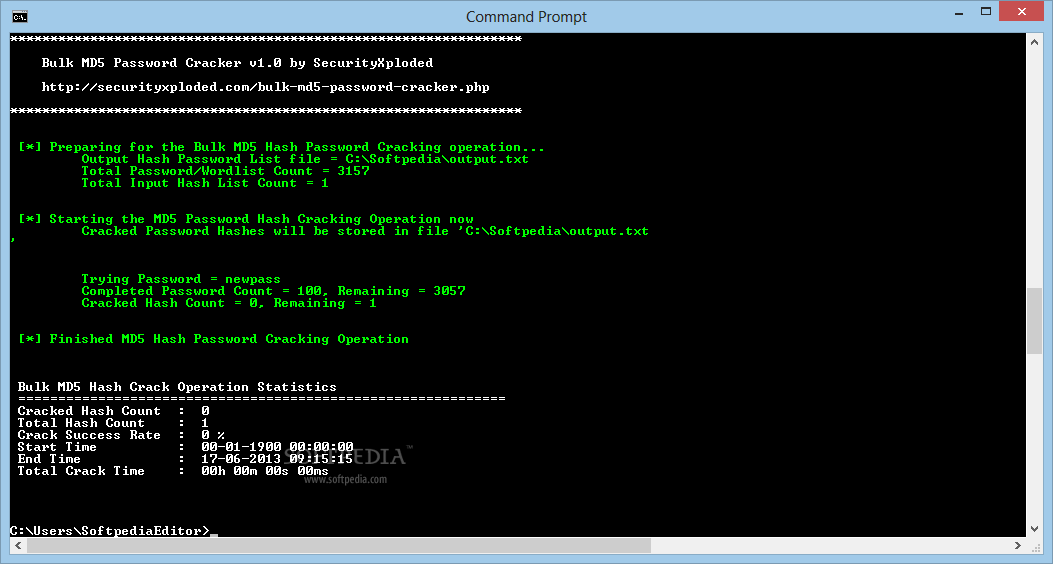

How to Show Hidden or Masked Passwords Behind Asterisks.How to Change or Recover Your Password in Windows 10 & 11.Password Cracker recovered passwords from all the applications we threw at it, quickly and for free. Most security software considers this malicious activity and assumes someone is trying to steal your passwords. As always, this is common with any program that recovers passwords. The chances are that your antivirus will likely flag password Cracker and be blocked by Windows as an unknown program. By default, the program has no sounds but uses the computer beep, which can be annoying if you start moving your mouse around while the program is open and looking to recover a password. There's an annoying "Here could be your advertising" flashing on the screen. Although we did have the latest version, it kept prompting us to go to their homepage for the "latest version." They also provide links to download their other programs. Password Cracker isn't without a few bugs. We tested it on a lesser-known program, FlashFXP, and it immediately found the password and displayed it in FlashFXP and the Password Cracker window. Pro Tip: Wondering how you’re going to keep track of all your passwords? The easiest and safest way to manage strong and unique passwords for every account is to use a secure password manager, like Bitwarden.Password Cracker can recover passwords hidden behind asterisks in most applications and web browsers for free. The good news is that a strong password generator does the work for you by automatically creating strong passwords that are strong, unique, and difficult to crack. This is risky because hackers leverage public information about you on social media or other sites to attempt to brute force their way into your private accounts, so it’s important to ensure your passwords do not contain any personal information. The problem is, even if you’re designing your password to be long and complex, most people will still resort to easy-to-remember characters, like your birthday or pet’s name. You’re feeling good about yourself – after all, no one could possibly guess that password! But are you sure the password is strong enough to safeguard your private information? We all know the drill of setting up an account on a new website-being asked to create a password, and then making sure to include both upper- and lowercase letters and numbers, as well as a special character or two (or three or four).


 0 kommentar(er)
0 kommentar(er)
